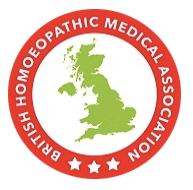Post Natal Exercise and Rehabilitation
The aim of Postnatal Rehabilitation is to target the following two common and sometimes debilitating postnatal issues:
Pelvic Floor Dysfunction
During pregnancy the pelvic floor muscles and ligaments stretch and can weaken due to the growing weight of your baby and it’s pressure on the pelvic floor. The pregnancy hormone relaxin also contributes to this. The weakening of these muscles can lead to discomfort and potentially pelvic floor dysfunction, symptoms may include urinary and sometimes fecal incontinence and potentially uterine prolapse. Mothers who suffer with hypermobility may have an increased susceptibility.
Diastasis Recti
Diastasis Recti occurs when the upper abdominal muscles Rectus Abdominus (more commonly known as the “Six Pack” muscles) which naturally separate during the later stages of pregnancy, do not fully come back together after pregnancy. This can leave a protruding stomach or bulging appearance, sometimes for months or years after the birth of a baby if it has not healed. Diastasis Recti can also affect mobility as it can contribute to decreased core strength and stability and also can negatively affect posture which can impact various movements activities.





